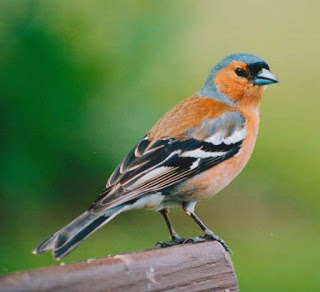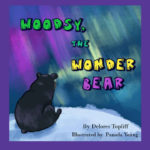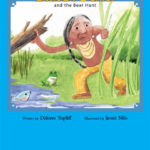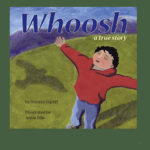
This post began when I saw a delightful bird in Scotland and asked its name.
“It’s a Chaffinch, in the Finch family,” my friend said. “A group is called a charm of finches.”
That had me off and running since I’m a logophile, a lover of words of nearly all kinds. Some of the most fascinating in our English lexicon are the wonderful, unique terms used for collective nouns.
Ants and bees come in nests or swarms, and we have skeins or gaggles of geese, while butterflies are a flutter or kaleidoscope.
A group of penguins in the water is a raft; on land they are a waddle.
An assembly of crows is a murder, but a gathering of ravens is an unkindness.
We have parliaments of owls and flights of swallows. Swans are in bevies or banks until they fly, when they are also flights or wedges.
Donkeys or asses, cattle, and sheep are considered herds. So are giraffes, zebras, camels, elk, caribou, reindeer, and even people when in a crowd or mob.
Sheep, goats, chicken, ducks, and geese are also grouped in flocks.
Pigs and hogs are drifts or droves, but piglets come in litters.
Fish are in schools until they are caught when they become a catch, drought, or haul. Whales or dolphins are pods.
Baboons or apes are a troop or shrewdness, but we have a crash of rhinoceroses, and prides of lions.
We see basks of crocodiles but congregations of alligators.
The British Egerton Manuscript from around 1450 lists 106 collective nouns. The Book of St. Albans in 1486, mostly in verse, has 164 and adds leaps of leopards, a busyness of ferrets, yokes of oxen, and burdens of mules. Some groups are named for their young, like coverts of coots or kindles of kittens, or by how they respond when flushed, like a sord of mallards, or routs of wolves.
I find these fascinating but even this list is not exhaustive, so I’ll keep my ears open for more. I hope you’ll tell us your favorite—or even bravely suggest a brand new one.






Leave a Reply